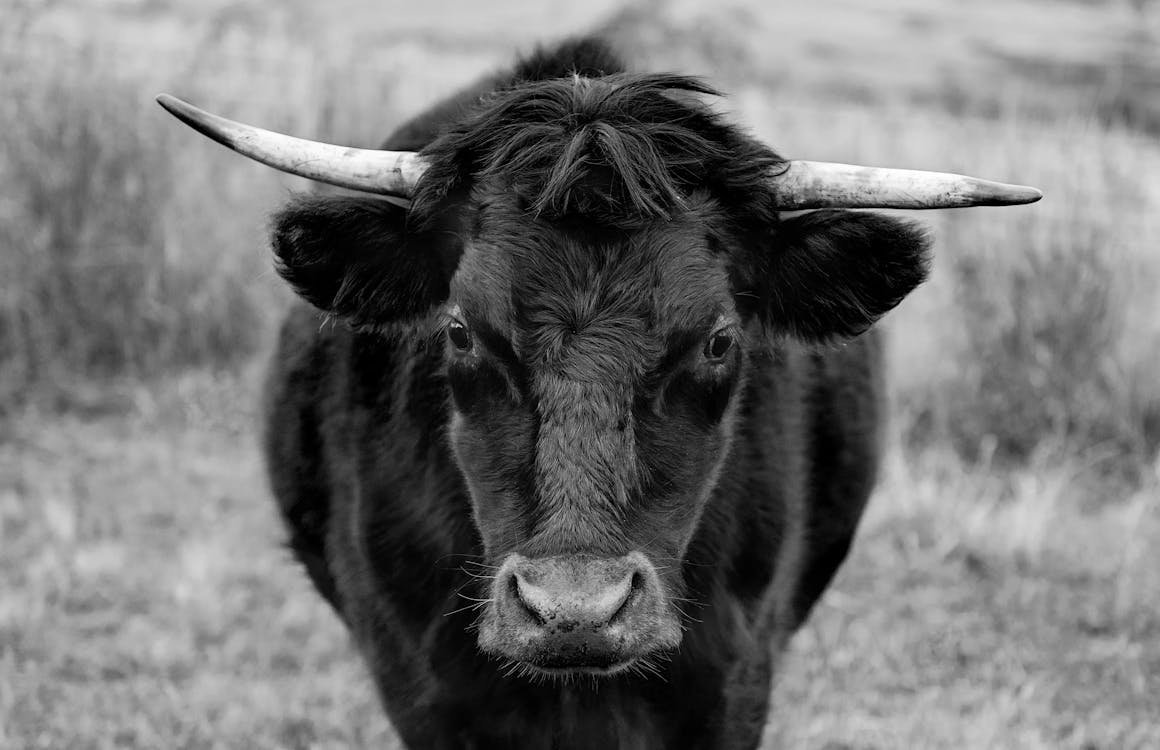Increasing the productivity of your dairy or beef cattle is essential for maximizing your farm’s profitability and sustainability. A well-rounded approach that encompasses nutrition, management, health, and genetics can significantly enhance cow performance. Here’s a comprehensive toolkit for farmers aiming to boost their herd’s productivity.
1. Nutrition Management
Balanced Diet
Cows require a well-balanced diet that includes carbohydrates, proteins, vitamins, and minerals. Consult with a livestock nutritionist to create a diet plan tailored to your herd’s specific needs. High-quality forage, grains, and protein supplements should be part of their daily feed.
Regular Monitoring
Keep an eye on your cows’ body condition scores (BCS) to ensure they maintain a healthy weight. Adjust rations based on the stage of lactation or growth phase.
Water Accessibility
Ensure that your cows have constant access to clean, fresh water. Hydration is crucial for digestion, milk production, and overall health.
2. Health and Veterinary Care
Routine Check-ups
Schedule regular veterinary visits for health check-ups and vaccinations. Early detection of diseases can prevent outbreaks that affect productivity.
Parasitic Control
Implement a parasite control program, including deworming and vaccination strategies, to reduce the impact of internal and external parasites.
Biosecurity Measures
Adopt biosecurity practices to protect your herd from diseases. This includes controlling access to farm facilities and practicing good hygiene.
3. Breeding Strategies
Genetic Improvement
Invest in superior genetics through artificial insemination or selective breeding. Choose bulls that have high-performance traits such as milk yield, growth rate, and disease resistance.
Estrus Detection
Use technologies like heat detection aids or hormone treatments to optimize breeding times. Proper estrus detection increases conception rates and reduces calving intervals.
4. Housing and Environment
Comfortable Housing
Ensure your cows have access to clean, dry, and well-ventilated housing. Comfort plays a significant role in milk production and overall well-being.
Pasture Management
Manage grazing practices to maintain healthy pastures. Rotational grazing can help improve forage quality and reduce overgrazing, leading to better nutrition.
5. Stress Reduction
Minimize Stress
Stress can negatively impact milk production and reproductive performance. Implement low-stress handling techniques and provide adequate space and resources to reduce competition among cows.
Familiarity and Social Structures
Cows thrive in familiar environments. Keep herd dynamics stable and minimize mixing of different groups to reduce stress during handling and movement.
6. Technology Integration
Monitoring Systems
Utilize technology such as RFID ear tags, milking robots, and herd management software to monitor cow health, feeding habits, and milk production efficiently.
Data Analysis
Regularly analyze data from your herd management systems to identify trends and areas for improvement. Data-driven decisions can lead to better herd performance and management practices.
7. Continuous Education
Stay Informed
Keep up-to-date with the latest research and advancements in cattle farming. Attend workshops, webinars, and agricultural conferences to expand your knowledge and improve your practices.
Networking
Join local or online farming communities to share experiences and learn from fellow farmers. Collaborating with others in the industry can lead to valuable insights and innovative practices.
Conclusion
Enhancing the productivity of your cows requires a holistic approach that addresses various aspects of cattle management. By focusing on nutrition, health, breeding, housing, stress reduction, technology, and education, farmers can create an optimal environment for their herd to thrive. Implementing these strategies will not only improve cow productivity but also contribute to a more sustainable and profitable farming operation.

